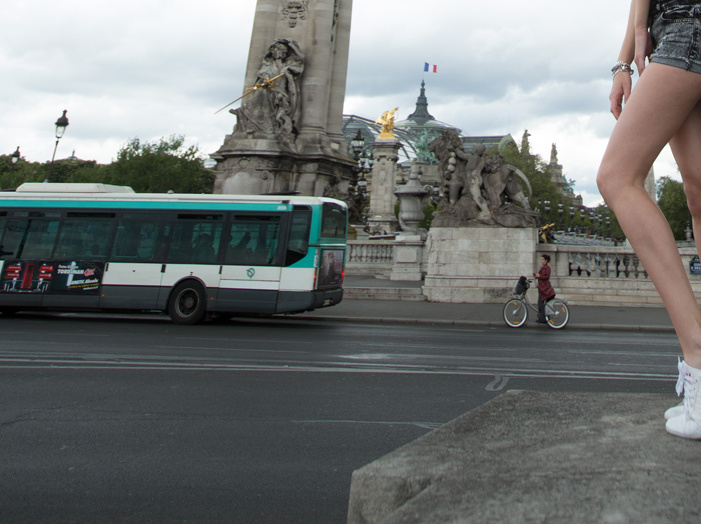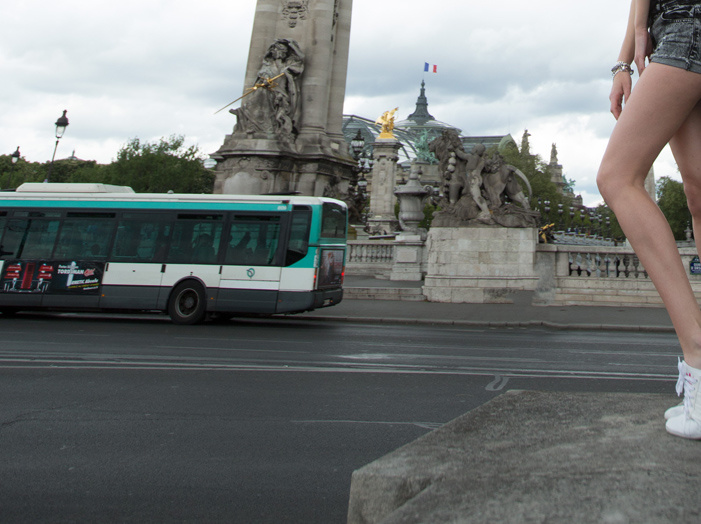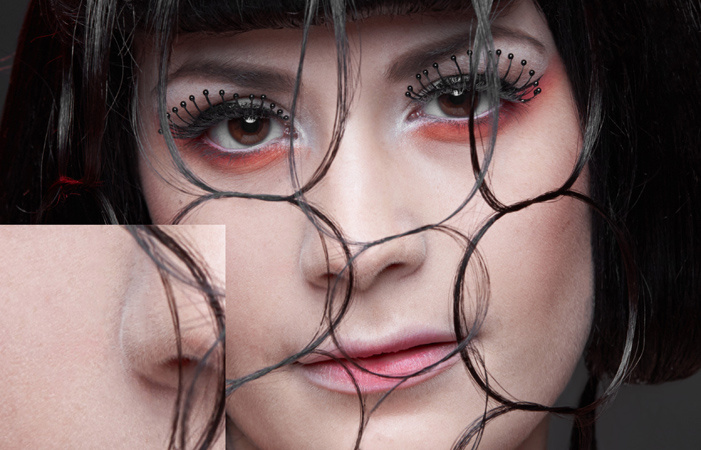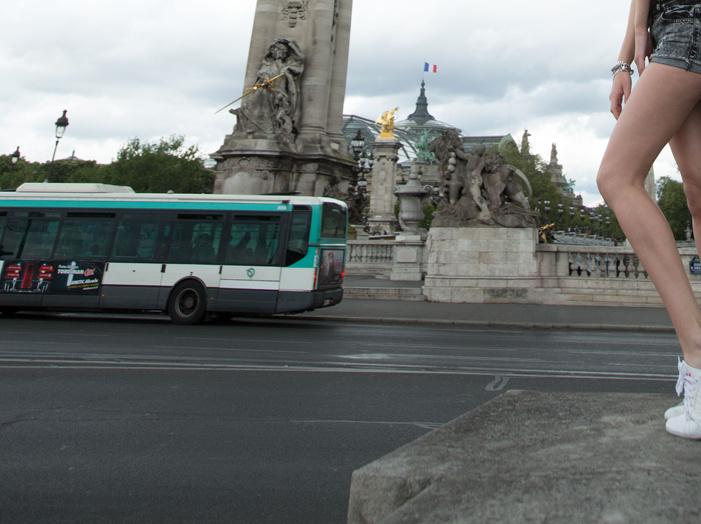Photoshop has been around for quite some time now. It works great and every photographer has gotten used to it. It is a staple in my workflow alongside Capture One and Photo Mechanic. Until a few days ago, I did not think I would hesitate changing my retouching routine. After a few years of trials and errors I am finally somewhere I feel comfortable with my post-production. However, after having installed Affinity I must admit that I might "cheat" on Adobe Photoshop.
Austin Rogers wrote about Affinity twice here on Fstoppers (his first impressions and a marketing video). When I saw his articles I thought it was another open-source software like GIMP that would be good, but not good enough for a professional working environment. Then I stumbled upon a few videos showing how the software worked and a few fellow photographers told me how great it was. I decided to give it a try, and it is good… really good! It is still a beta version but it seems quite stable, offering most of the important things you might need from Photoshop, and even more.
Now, one feature that really caught my attention was the spot healing brush tool (inpainting brush tool) and the content-aware fill tool (fill inpainting tool). When I first tried it, I thought something was wrong because it worked so well. When Adobe added those functions in Photoshop everyone was raving about it. But now with what Affinity offers, the Photoshop versions of these tools seem to be totally outdated. It is hard to understand how a beta version of a software that comes out of nowhere can beat the functions of a software developed by such a big company like Adobe. Let's compare two examples to show you what I mean.
Fill Content-Aware vs. Inpainting Fill Tool
When shooting outdoors it is not rare to have something useless or distracting in the background. With Photoshop that usually means a few minutes spent using the clone stamp tool. With Affinity, creating a simple selection and filling it using the inpainting fill option almost gets the job done every time, and might require just a few clicks with the clone stamp tool to make it perfect. Here is a crop of a recent picture I took in Paris where in the final image I wanted the cyclist to be removed. So I tried with both software and voilà:
Before and after with Adobe Photoshop
Before and after with Affinity Photo beta
Spot Healing Brush Tool vs. Inpainting Brush Tool
Then I tried the spot healing brush tool on a beauty-type photograph. It uses the same kind of algorithm and I wanted to see if it worked as good as the fill content-aware tool. With Photoshop, I try avoiding using it on large areas as it tends to crush the texture and make the skin look soft. I prefer using a frequency separation or correcting the blemishes by dodging and burning them. Affinity seems to do a way better job. I do not think it is great for close-ups as it still kind of softens up the skin texture but it is usable. It might even be a great tool if you do not plan on exporting the image for print but only publish it to a small web size.
For this comparison to be meaningful, I opened up the picture with a blank layer over the base image in both applications. Then I allowed myself to retouching both images using only the spot healing brush tool for five minutes each. Here is the result:
Before and after with Adobe Photoshop
Before and after with Affinity Photo beta
Then I tried one last thing: using the spot healing brush of both applications on the first example:
Before and after with Adobe Photoshop
Before and after with Affinity Photo beta
If you have not tried Affinity Photo yet, head to over to their website and download the beta version. It is really worth giving it a go. It is still lacking a few functions, but overall Affinity Photo is nothing short of awesome. If it sells like Affinity Designer for $48, Adobe might have to rethink its pricing strategy for Photoshop or make the price difference really worth it.















Thanks for the information Quentin! It's nice (and scary) to see that even Photoshop can be surpassed sometimes. :)
It probably is a great piece of software but until it is moved to a PC environment I can't use it and it will not compete with Photoshop because of that
It might not replace Photoshop, but it might force Adobe to make their softwares better :) Let's hope so at least because Affinity Photo is nothing short of impressive.
We've got a monster! The photoshop killer is coming!!!!
It won;t kill Photoshop ... Windows still represents over 90% of the OS market shares.
http://www.netmarketshare.com/operating-system-market-share.aspx?qprid=1...
Honestly, I would love to try this program but I am on Windows. :(
Wait, there's no windows version?
Nope ... Mac only.
If you go to the Beta download the title is: Professional image editing software for Mac
Quickly experimented with power lines and architecture: the inpainting brush tool is definitely an improvement over Adobe's hemophiliac brush tool. Seems to respect high contrast without bleeding all over the place. Not perfect though. It's best to inpaint in small amounts.
IMHO (and I've stated often enough on the Adobe Forums), Photoshop needs a complete rewrite sooner rather than later. It is so full of outdated legacy code, including outdated frameworks as to be painful for the engineers to even add new functionality for fear of breaking something.
The same goes for almost every single design package they now bundle in CC subscriptions. As I always point out on their forums: why is it that a simple tool like the pen tool, operates different in PS, IL, and IN?
Lets talk "bloat":
Affinity Photo (Beta) = 581mb vs. PS = 1.5gb (!!!)
While PS may have a couple of additional "features" like video editing, 3D import and rendering, and a slew of nasty legacy filters that should be pulled out and offered as "extras" downloaded separately... how many "photographers" need any of that to do their work?
When did editing a "photo" in Photoshop become a second-class citizen to features that are better accomplished within other software titles that Adobe itself owns and offers?
No comment on this. Having used both pieces of software I have found almost no difference in their healing capabilities. More time should have been put into this comparison.